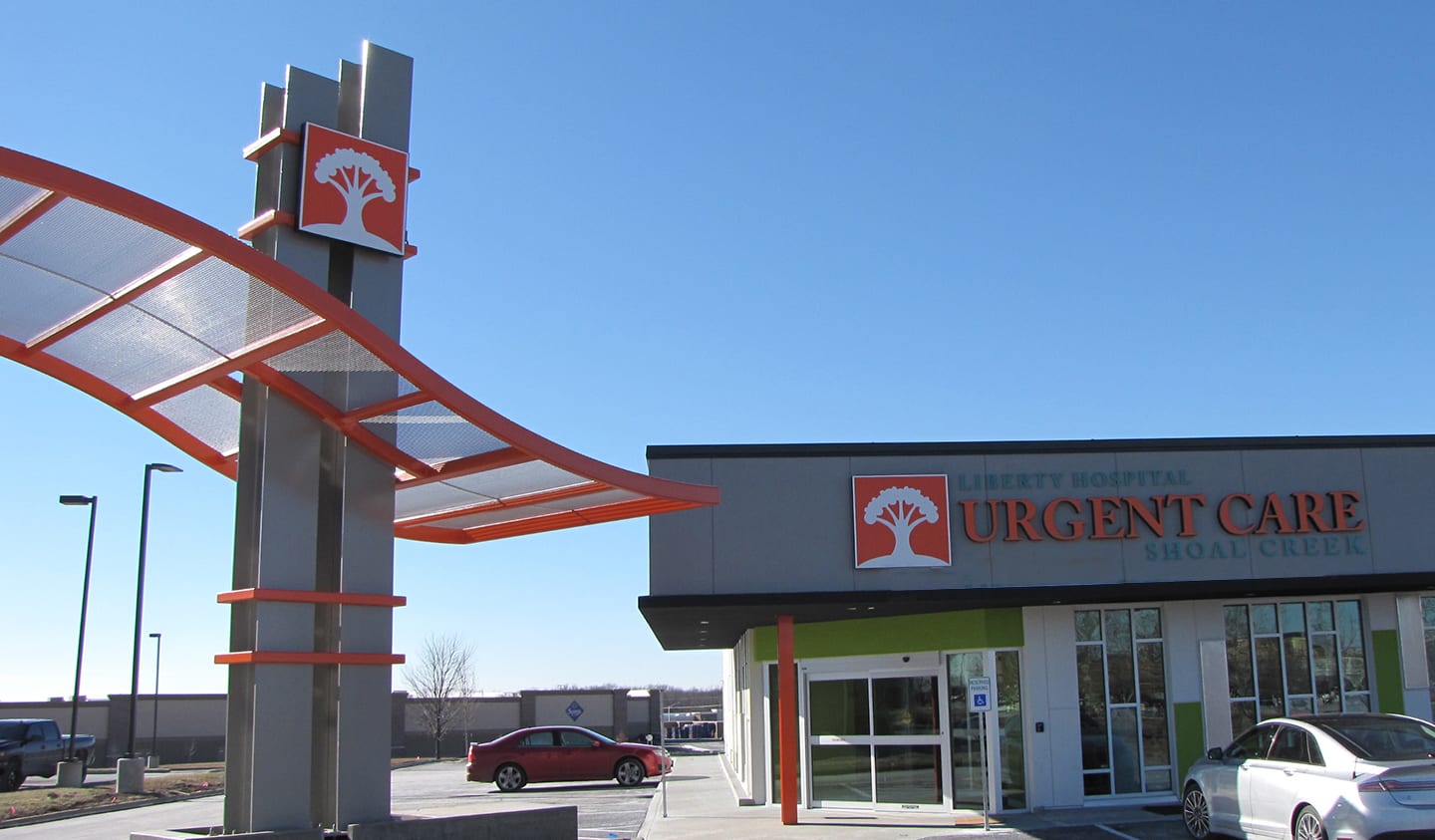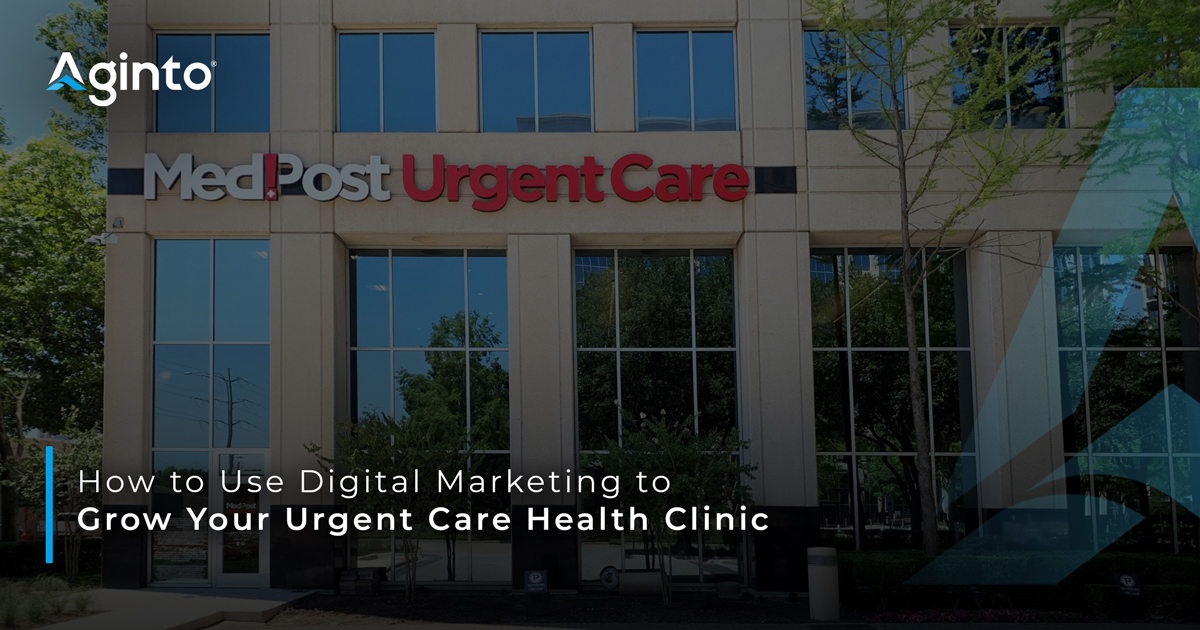Expert Recommendations on Navigating Clinic Options for Urgent Care
Expert Recommendations on Navigating Clinic Options for Urgent Care
Blog Article
The Value of Urgent Care Centers in Bridging the Gap In Between Health Care and Emergency Solutions
Urgent treatment facilities have actually emerged as an essential component of the health care landscape, effectively dealing with the important need for prompt medical focus without resorting to emergency solutions. The advancing function of immediate treatment facilities raises important questions about their combination within the broader health care system and the effects for client results and resource allotment.
Introduction of Urgent Care Centers
Immediate care centers have become an important component of the medical care distribution system, supplying easily accessible medical services for non-life-threatening problems. These centers normally run outside conventional workplace hours, offering people an alternative to emergency rooms and health care setups. Patients looking for immediate care often existing with problems such as minor injuries, infections, or ailments that call for prompt attention yet do not present an immediate risk to life or limb.
Urgent care centers are staffed by a range of health care specialists, including medical professionals, nurse professionals, and doctor aides, that are equipped to detect and deal with various medical concerns. They usually feature diagnostic tools such as X-ray devices and lab solutions, enabling them to provide detailed care on-site.
The facility of urgent treatment centers has actually been affected by the increasing demand for timely clinical solutions in a hectic culture, where individuals may battle to protect consultations with medical care providers. Therefore, these facilities intend to minimize blockage in emergency divisions, boosting general healthcare efficiency. Furthermore, urgent treatment centers frequently function as a bridge in between medical care and emergency situation solutions, ensuring that clients obtain suitable treatment customized to their details clinical needs.

Benefits of Urgent Treatment Services
Accessing timely treatment is a considerable advantage of immediate care solutions. These facilities supply prompt focus for non-life-threatening problems, properly minimizing wait times contrasted to typical emergency divisions. People seeking treatment for small injuries, diseases, or immediate wellness problems can get treatment without the lengthy hold-ups typically connected with hospital check outs.
Another secret benefit is the extensive hours of procedure. Many immediate treatment facilities are open evenings and weekend breaks, fitting people that might not be able to see their health care provider throughout standard workplace hours. This adaptability makes urgent treatment an available choice for those with hectic routines or unexpected health problems.
In addition, urgent care facilities frequently use a wide variety of solutions, consisting of diagnostic screening, X-rays, and basic laboratory solutions. This extensive method enables fast diagnosis and therapy, improving individual satisfaction.
Additionally, urgent care facilities are commonly extra cost-effective than emergency situation rooms, making them an attractive alternative for individuals without insurance policy or those with high-deductible plans. Overall, urgent treatment services play an important role in giving easily accessible, prompt, and economical treatment.
Contrast With Health Care
Usually, people commonly consider their options in between urgent care facilities and health care providers when seeking medical focus. Both offer vital duties in the medical care system, yet they differ dramatically in price, range, and availability.
Health care suppliers are usually the very first factor of contact for clients, concentrating on long-term health and wellness management, precautionary treatment, and persistent illness administration. They provide continuity of treatment, fostering a patient-provider partnership that permits thorough wellness analyses and tailored therapy strategies. Nevertheless, arranging a visit can be time-consuming, typically needing days or weeks in advance.
In contrast, immediate treatment centers supply immediate treatment for non-life-threatening problems that need punctual attention, such as minor injuries or infections. These facilities typically run outside of conventional workplace hours, accommodating clients that may not be able to see their primary care provider throughout regular service times. Furthermore, immediate treatment is generally more affordable than emergency room visits, making it an appealing option for those with restricted health care accessibility.
Inevitably, while immediate care facilities and main care companies both add to person wellness, they satisfy distinct needs, making it essential for individuals to figure out which alternative ideal aligns with their scenarios.
Emergency Situation Providers Interaction
The communication in between immediate treatment facilities and emergency services is an essential aspect of the healthcare landscape, particularly when patients encounter circumstances that might intensify in intensity. Urgent care centers act as a bridge between health care and emergency situation departments, attending to non-life-threatening conditions that require immediate focus. This cooperation improves person outcomes and maximizes source allotment within the medical care system.
When people provide with not dangerous however urgent problems, urgent care facilities can effectively handle their requirements, alleviating blockage in emergency rooms. When a person's problem surpasses the scope of immediate care therapy, Facilities equipped with analysis capacities can promote timely referrals to emergency situation services. This seamless interaction helps guarantee that people get the appropriate degree of care without unneeded delays.
Moreover, reliable interaction between immediate care providers and this contact form emergency situation services is essential. Sharing patient info and treatment backgrounds fosters collaborated care, minimizing the danger of repetitive examinations and treatments. As medical care remains to advance, the vibrant partnership in between immediate treatment centers and emergency solutions will certainly play a crucial role in boosting client treatment efficiency, fulfillment, and total health results within the community.
Future of Urgent Care Facilities
As health care needs evolve, the future of urgent care centers is positioned to my link come to be increasingly indispensable to the total clinical ecosystem (Urgent Care). These centers are most likely to broaden their duties by integrating advanced modern technologies, such as telemedicine, artificial knowledge, and electronic health and wellness record integration. This will improve client accessibility and improve care coordination in between immediate care, primary treatment, and emergency situation solutions
In addition, immediate treatment facilities are expected to diversify their service offerings to include preventative treatment and persistent condition management. This change will place them as important elements in taking care of populace health, minimizing the burden on emergency divisions, and attending to gaps in health care availability.
The growing fad of value-based treatment will further accelerate the transformation of urgent care centers, triggering them to focus on individual outcomes and complete satisfaction. Facilities might also take on collaborative method designs, functioning carefully with specialists and primary care providers to ensure thorough individual monitoring.
Final Thought
Finally, immediate care centers serve an important function in the health care system by giving prompt access to treatment for non-life-threatening problems, effectively alleviating pressure on emergency situation solutions. Their extended hours and diverse array of services improve client comfort and contentment, while likewise ensuring suitable treatment distribution. As health care needs remain to develop, the role of immediate care facilities will likely become significantly considerable, further linking the space between key treatment and emergency situation services.
The establishment of immediate care centers has actually been influenced by the enhancing demand for prompt medical services in a busy society, where clients might battle to protect appointments with primary treatment carriers. In addition, immediate care centers frequently offer as a bridge in between primary care and emergency check my blog situation solutions, guaranteeing that people get suitable treatment tailored to their details clinical requirements.
Numerous urgent treatment facilities are open evenings and weekends, fitting individuals who might not be able to visit their key treatment provider throughout standard office hours (Urgent Care). As medical care proceeds to evolve, the dynamic connection between urgent treatment centers and emergency situation services will play an essential function in enhancing client treatment performance, satisfaction, and general health and wellness end results within the neighborhood

Report this page